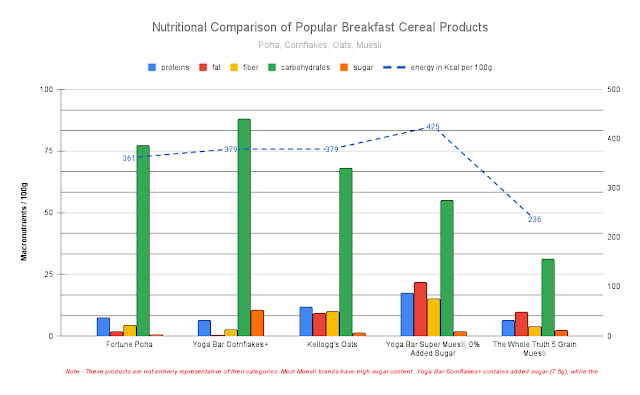The Tomato, Onion, Potato Effect: Volatile Veggie Prices Shake Inflation
Inflation, an essential indicator of economic health, measures changes in general price levels and the cost of living. India uses the Consumer Price Index (CPI) for this purpose. CPI is calculated using the price data of 299 items which are classified into 6 main groups of varying weights. CPI is published monthly by the National Statistical Office (NSO).
 |
| The Food and Beverage category makes up 45.86% of the current CPI basket. |
Consumer food price index (CFPI) reflects inflation in prices of foods.
 |
| Consumer Food Price Index has been higher than Consumer Price Index in 2024. |
Vegetables hold a 6.04% weight in the CPI basket, yet their contribution to inflation reached 30% in early 2024.
 |
| Source: ICRA |
Among vegetables, tomato, onion, and potato (TOP) collectively hold a 2.2% weight. The inflation rates for these three commodities have been volatile, ranging from -36.6% to 132.0%. This volatility underlines the need for targeted policy interventions and a deep understanding of agricultural supply chains to better manage inflation and stabilize prices.
A chart in The Hindu op-ed piece "A vegetable triumvirate, inflation and the takeaway"
Paradoxically, India, the world's largest exporter of vegetables, grapples with high food inflation, underscoring concerns about domestic food security and price dynamics.
The CPI is currently based on consumer spending patterns surveyed in 2011-2012, which economists say are outdated and may be distorting the official inflation data the central bank uses to set interest rates.
Also see - Understanding goods and services inflation in India




Comments
Post a Comment